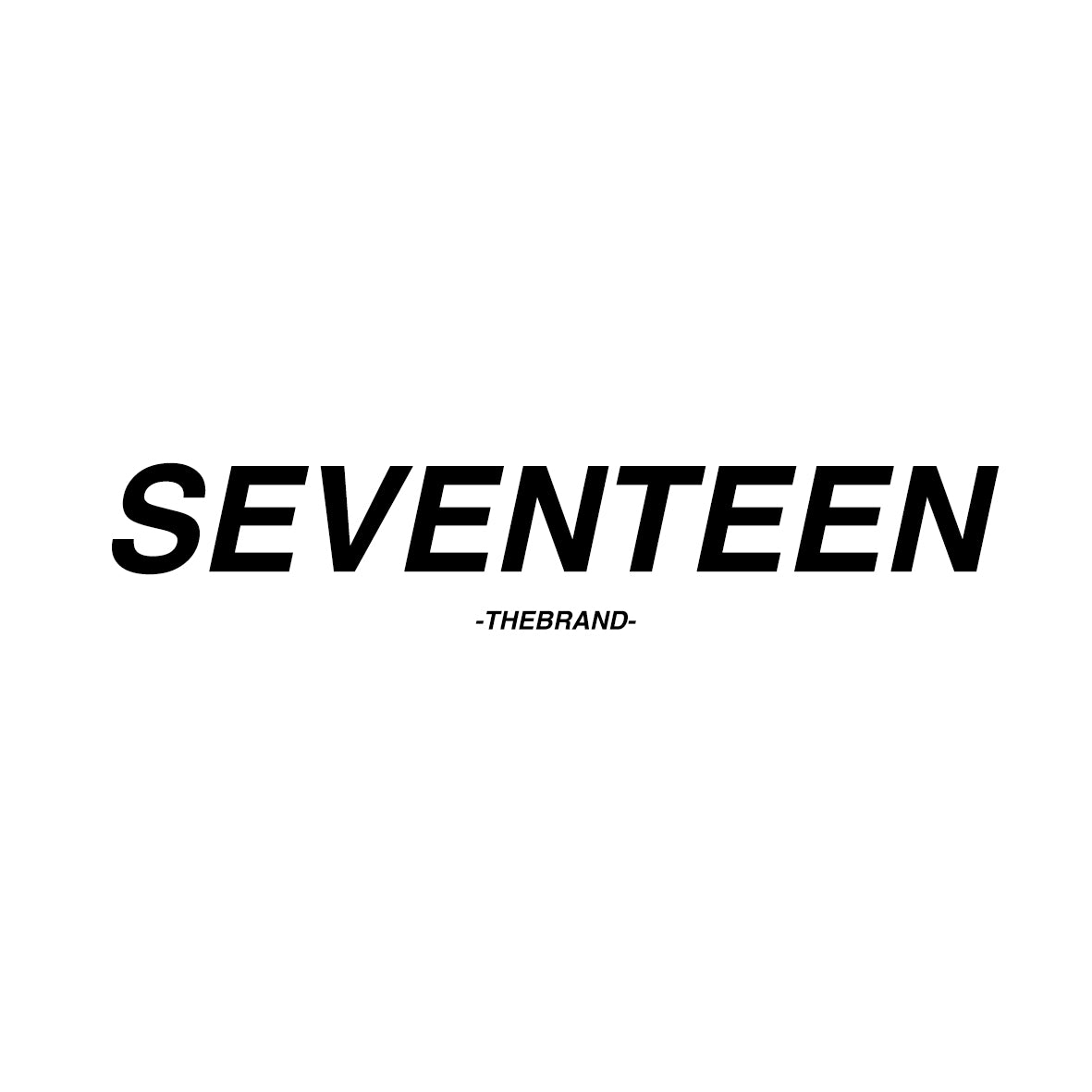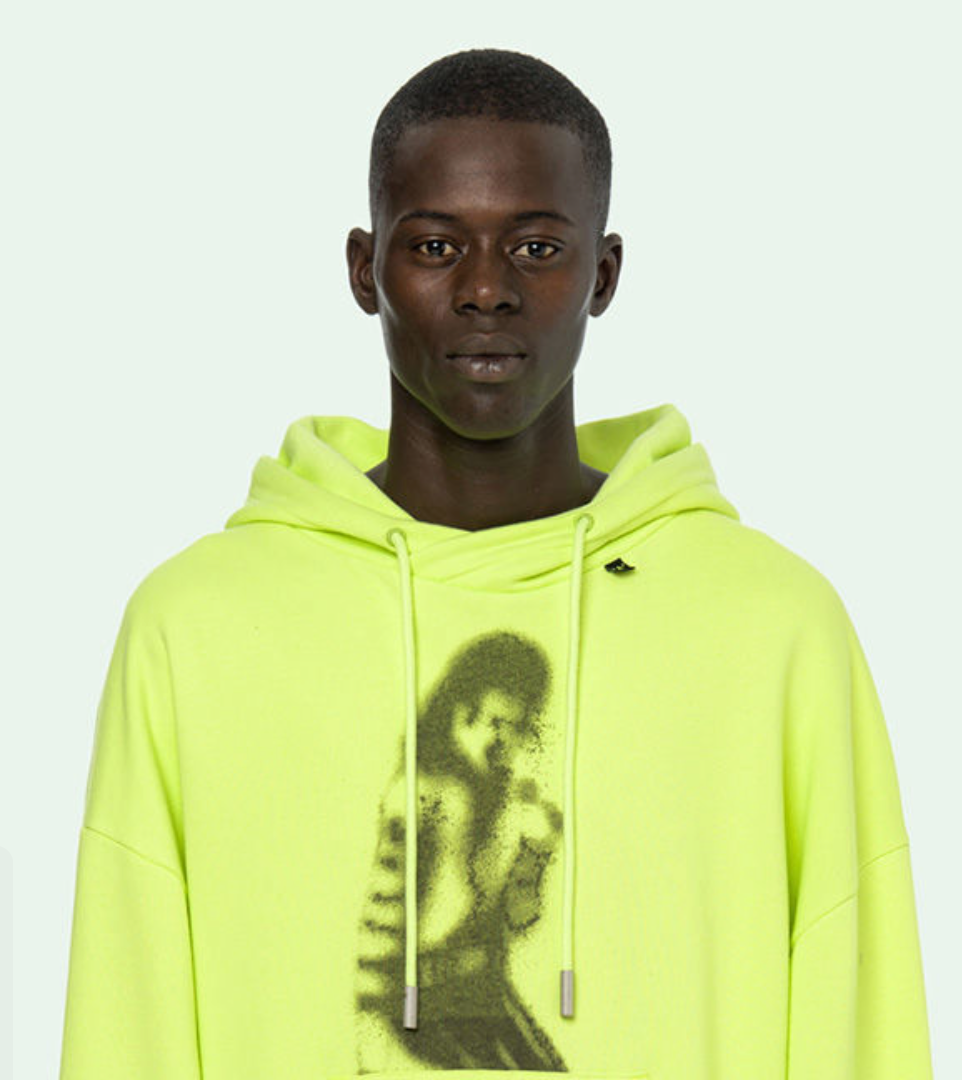6 Fashion Trends That Ruled The ‘90s Hip Hop Scene
“Your coming of age is about representing who you are, and hip-hop music contains a message — it tells a story about who you are — and what you wear is also proof of it,” - Nasir Jones, a.k.a. Nas
Without a doubt, we can all agree that hip-hop style has changed since the '90s. For all of today's throwbacks to the classic styles that ruled the scene 20 years ago, today the scene definitely looks different than it did back in the days of Tupac, Aaliyah and Biggie.
Hip-hop has been a voice for the insignificantly treated. Its look mattered as much as the sound, partly as an expression of self-identity, partly as shorthand for success. For those trailblazing artists who grew up between crime and violence, whose music helped them go beyond their place of birth and their lack of opportunities, European luxury brands were the original flex; a middle finger to a society that had written them off and a diamond-dripping, mink-trimmed embodiment of the American Dream for the people who bought their records.
The ’90s and early ’00s were marked by a time of streetwear and “urban” brands born out of hip-hop culture. Graffiti artists like Mark Ecko, Stash, and KAWS turned T-shirts into a canvas for their work. Moguls like Russell Simmons and Puff Daddy decided to start their own clothing lines rather than to give into designers outside of the culture. Daymond John founded his FUBU label and got LL Cool J to wear one of his hats and shout the brand out during a Gap commercial in a legendary moment of marketing inception.
If one needed more proof that hip-hop wasn’t just about the music but the lifestyle and attitude it represented, look no further than how NBA style has evolved. The basketball league’s stars developed from Magic Johnson and Larry Bird to Michael Jordan and Allen Iverson. Jordan was a style icon in his own right. His Jordan Brand line of sneakers and apparel were a status symbol on the streets.
Bucket hats, timbs, and lightwash denim are as big now as they ever were, but there's a new layer of fashion awareness that's affected rappers across the genre making hip-hop one of fashion's most exciting new frontiers. From the designers catering to and honoring the music that's driven Jordans and Timbs into the forefront of fashion, rappers have a completely different relationship with fashion. Just realize that while much of the '90s has returned to our collective closets you're definitely not seeing men dressed like this on the regular rap radar. Take a deep breath and jump into the Wayback machine, because here is a throwback of 6 Trends That Ruled The ‘90s Hip Hop Scene.
Tracksuits
To the modern observer, total-look sportswear, extravagant sneakers and jewellery are synonymous with hip hop culture. Run DMC were iconic hip hop pioneers, both musically and aesthetically. When they burst onto the scene in the 1970's, their Adidas track suits, shell toe sneakers, Kangol hats, and oversized gold jewellery set the standard for B-boy fashion.
Bucket Hats
The bucket hat was originally designed with a functional purpose: to keep the rain and sun out of the wearer’s eyes. After the Sugar Hill Gang’s Big Bank Hank became the first rapper to wear a bucket hat in a video, and Run D.M.C. adopted the look, the hat became an iconic hip hop fashion accessory. This was connected when LL Cool J added the hat to his already extensive repertoire of headwear, as the style became more mainstream, and Kangol’s sales skyrocketed. Before long, many other artists were adopting the Kangol bucket hat look, making it the first official popular trend in hip hop headwear. Eventually, rappers like Eminem in the late 1990s and early 2000s, even sported Kangol bucket hats. The staying power of this trend illustrates exactly how influential hip hop fashion had become.
Athletic Jerseys
The list of rappers that wore baseball jerseys in the 1990s is endless. While the jerseys haven't dated quite like Versace shirts, they did go off-radar for a while. But now they are back in full-force with high street brands emulating the originals for the masses. Aaliyah popularized this ‘tomboy’ style. Her go-to look was usually baggy bottoms, sometimes adding an oversized jacket or basketball jersey to the mix. She pioneered the trend of sportswear and athleisure off the court.
Monochrome
NWA knew the power of image in hip-hop. The monochrome (varying tones of only
one color) scheme consisted of Raiders gear: caps and jackets, black sweatshirts,
long-sleeved white T-shirts and Carhartt-style work jackets. The chunky gold chains a remnant of the block party style in the Bronx of the early ‘80s connects old school hip hop to a new ‘90s era when hip-hop hit global domination and, whether through Biggie’s tailoring or Missy Elliott’s Boxfresh tracksuits, smartened up.
Starter Jackets
Almost out of nowhere in the 90’s, Run DMC, 2 Live Crew, Public Enemy, and just
about every other music group at the time was suddenly sporting the now-iconic
Starter jackets on their album covers and in their videos, and soon the Starter
jacket was a must-have clothing item for every teen and young adult across
America. Though Starter didn’t dominate the cultural conversation until the late ’80s/ early ’90s, the brand has been around since 1971. Athletes themselves were
wearing them, but the real breakthrough happened when it spilled over into pop
culture, particularly through the sudden combo of sports and hip hop.
Denim Dungarees
Hip-hop's love affair with denim is as diverse and varied as the genre itself. Long
before today's slim cuts, baggy jeans reigned supreme. The most ferocious
rappers, from Tupac to DMX, gave overalls a harder edge by wearing them without
a shirt on underneath or better yet, with one strap unbuckled. Shakur and his
contemporaries ushered denim in a baggier era of hip-hop style, updating its classic usage with a cultural edge like when Pac had his signature “THUG LIFE” motto embroidered on a pair of Carhartt.









